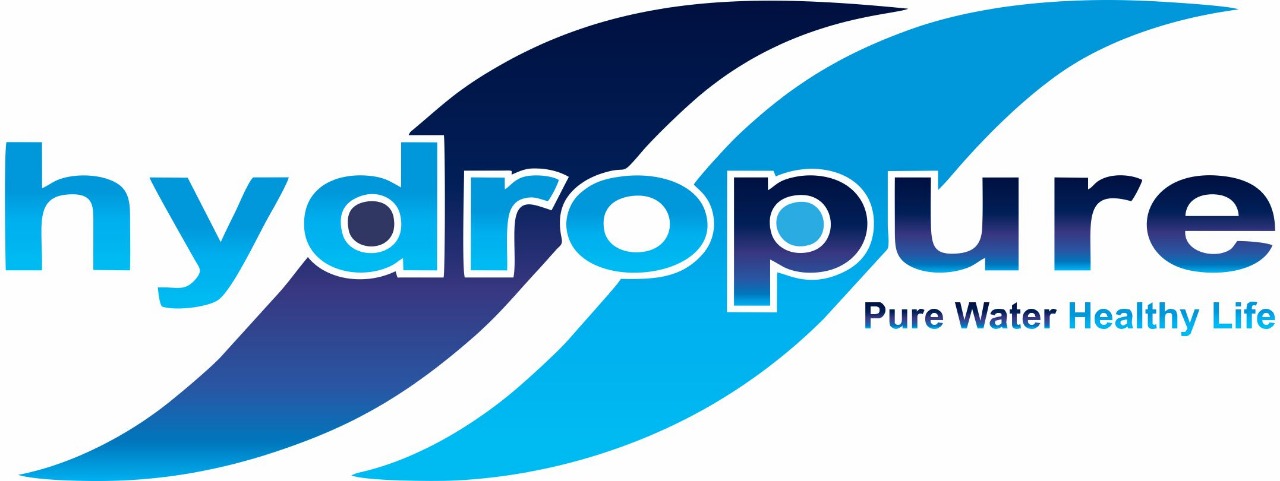WHAT IS CHLORINE?
Chlorine is a gaseous chemical element that’s found in many different compounds. It’s an extremely strong oxidizing agent, which means that it can cause other substances to lose their electrons. That’s why it’s such an effective disinfectant – when most living cells encounter chlorine in water, they lose electrons from their outer membranes, which causes them to lose their structure, break down, and die. This also means that chlorine is toxic to humans and other animals.
IS CHLORINE IN DRINKING WATER DANGEROUS?
While the chlorine in drinking water does have side effects, it’s not necessarily dangerous in and of itself. Washing or swimming in water that contains chlorine can lead to dry skin and hair, and cause burning in the eyes. Many people also dislike the taste and smell of chlorinated water. In addition, this chemical can react with organics in water to produce disinfection byproducts (DBP) that could be dangerous.
Trihalomethanes (THMs), one of the disinfection byproducts of chlorine in water, is a known carcinogen, which means that it may cause cancer. This and other DBPs have also been linked to liver and kidney problems, developmental disorders, and respiratory issues. Unlike some other disinfectants, chlorine can be absorbed through the skin and inhaled; it’s not necessary to drink chlorine in water for it to get into your body.
Aside from the health side effects, some people find that using chlorinated water means that the vegetables they grow may not be as green, and foods cooked in it may have a strange taste. Plants and gardens can also be negatively affected. Chlorine also breaks down rubber, so plumbing parts made of this material can leak.
Most water quality experts believe that no amount of chlorine or chlorine byproducts are acceptable in water.
MORE INFORMATION ON CHLORINE IN WATER
There’s no question that adding chlorine in drinking water has saved many, many lives. Cholera and typhoid were two of the leading causes of death in the U.S. in the 19th Century, and both were nearly wiped out after municipalities started putting chlorine in water. Once the water has reached your home, however, the chlorine has done its job and needs to be removed – along with any byproducts.
Most people prefer to remove chlorine from water before drinking it to improve the taste and smell if for no other reason. Even at levels as low as 0.5 parts per million (ppm), it can be a problem in water used for drinking or bathing. Swimming pools, by comparison, may have a level of 2.0 to 3.0 ppm.
“Showering is suspected as the primary cause of elevated levels of chloroform in nearly every home because of the chlorine in the water.” – DR. LANCE WALLACE – U.S.E.P.A.
“A long hot shower can be dangerous. The toxic chemicals are inhaled in high concentrations.” – Dr. John Andelman – BOTTOM LINE
“Skin absorption of contaminant has been underestimated and ingestion may not constitute the sole or even primary route of exposure.” – Dr. Halina Brown – AMERICAN JOURNAL OF PUBLIC HEALTH
“Showers – and to a lesser extent baths – lead to a greater exposure to toxic chemicals contained in drinking water supplies than does drinking the water.” – Ian Anderson – NEW SCIENTIST
“Drinking chlorinated water may double the risk of bladder cancer, which strikes 400, 000 people a year.” – IS YOUR WATER SAFE? – U.S. NEWS & WORLD REPORT
HOW TO REMOVE CHLORINE FROM WATER
If you get your water from the municipal water treatment system, it has almost certainly been treated with some form of disinfectant, and chlorine is one of the most common. Dechlorinated water can be made in your home pretty easily – in fact, a granular activated carbon (GAC) filter is one of the best ways to remove chlorine from water. GAC is an effective chlorine water filter because it’s made with a very high surface area and high adsorption properties. The chlorine in water sticks to the surface of the carbon.
At US Water Systems, we offer two methods for how to dechlorinate water, and both use carbon filters. Whole house backwashing GAC filters can remove chlorine from water throughout your home, allowing you to not only drink dechlorinated water, but to wash with it as well. We also offer GAC cartridge filters for the whole house and as part of our under sink water filtering systems. Call our Certified Water Specialists at 1-800-608-8792 to discuss which chlorine water filter is right for you.

